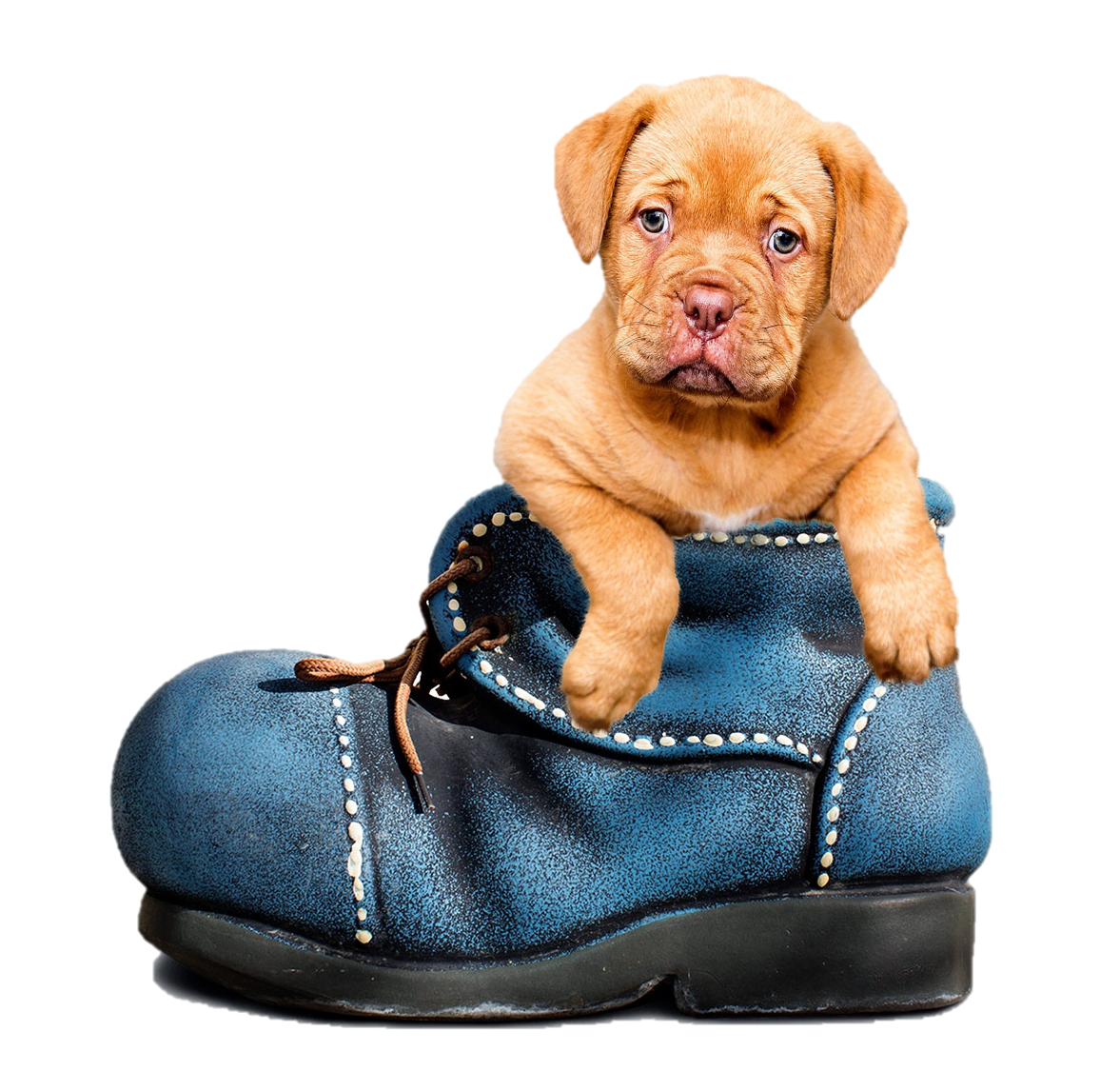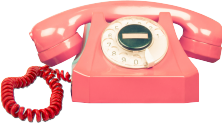HMRC operates a VAT margin schemes which means you are taxed on the difference between what you paid for an item and what you sold it for, rather than the full selling price. You pay VAT at 16.67% (one-sixth) on the difference. if you choose to use a margin scheme when you sell:
if you choose to use a margin scheme when you sell:
- second-hand goods
- works of art
- antiques
- collectors’ items
You can’t use a margin scheme for:
- any item you bought for which you were charged VAT
- precious metals
- investment gold
- precious stones
On its website HMRC cites the example of buying a work of art for £1,500 and selling it for £2,000. Using a margin scheme, you pay VAT at 16.67% (one-sixth) on the difference: £500. This means you’ll pay £83.33. The record keeping requirements are very strict and must be applied correctly in order for HMRC to accept its application.
All of which is reasonably straight forward however there has been a recent a case in which a taxpayer claimed the puppies it bought from a non-VAT registered breeder were eligible for the second-hand goods scheme. Puppies and other pets aren’t mentioned in the guidance to the scheme though horses and ponies are.
The taxpayer in this case was Little Rascals Pets Ltd which trades in puppies, some of which it breeds on its premises, and others it acquires from suppliers for onward sale.
Little Rascals Pets accepted that it should account for output tax on the full selling price of puppies it had home-bred, and also those that it had purchased from VAT registered suppliers where the supplier had charged VAT. However, they felt that puppies bought from non-VAT registered suppliers should only be subject to VAT on the profit it made when the puppies were resold, as within the scope of the margin scheme for second hand goods.
The tribunal had to answer a simple question – could puppies bought from breeders be classed as second hand goods? HMRC obviously thought the puppies did not qualify as second hand goods and gave a written ruling as such in July 2015 (the company started to trade in August 2014) stating that output tax was due on the full selling price. Something the company disputed.
The puppies bought by the company were around eight weeks old and they usually had about 100 puppies on its premises, half were from home breeding. The puppies were then weaned, toilet trained and allowed to get used to being handled by humans. They were then sold on when aged between 10 weeks and five months old, but mostly when aged between 12 and 14 weeks. Selling prices ranged between £400 and £1,500 and the buyers were usually private individuals, i.e. non-business customers.
The tribunal concluded that for the puppies to qualify as second hand goods, there must have been “prior use” before they were bought by the business. As the breeders had only treated them as stock items prior to their sale, this did not reflect “prior use” of the puppies, for example as a pet. There is a logic to the argument put forward by Little Rascals Pets that the puppies should qualify for a second hand scheme. There was no dispute that the puppies qualified as “goods” but the absence of “prior use” by the breeders meant they did not qualify as second hand.
As we’ve said before VAT regulations are complicated and it’s very easy to get their application wrong. Read our earlier blogs on the subject or give our VAT experts a call to find out how they can help you.
